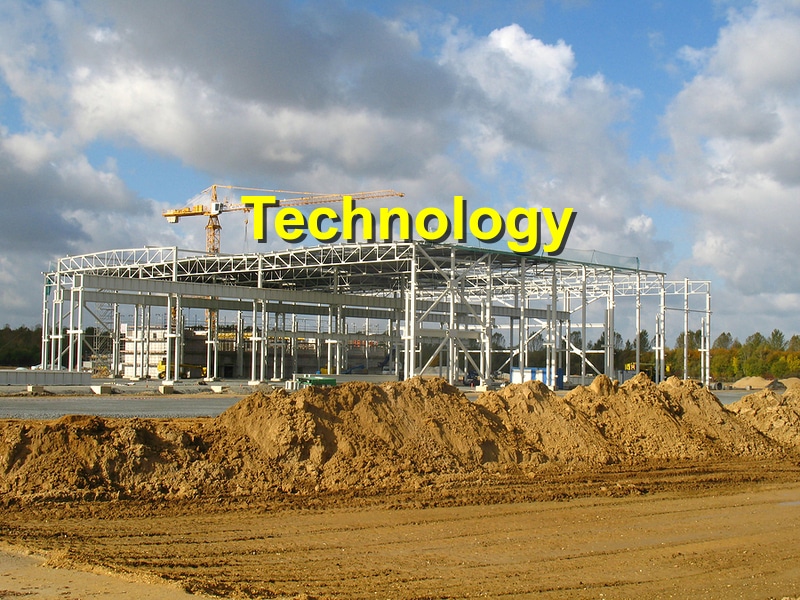The construction industry has long faced challenges with delays, cost overruns, and labor shortages. In 2025, technology is playing a critical role in addressing these issues, making projects faster, safer, and more cost-effective. From advanced planning tools to on-site automation, technology is reshaping how projects are delivered and managed.
Here’s a closer look at the key technologies driving efficiency in construction today.
1. Building Information Modeling (BIM)
BIM has become a cornerstone of modern construction projects. This 3D modeling technology allows teams to:
- Visualize every aspect of a building before construction begins.
- Identify design clashes and resolve them early.
- Improve collaboration among architects, engineers, and contractors.
By reducing rework and errors, BIM helps projects stay on schedule and within budget.
2. Drones for Site Management
Drones are transforming how construction sites are monitored and managed. They provide:
- Real-time aerial views for progress tracking.
- Detailed topographic surveys that are faster and more accurate than traditional methods.
- Safety benefits by reducing the need for workers to access hazardous areas.
This technology improves efficiency while also enhancing site safety.
3. Construction Management Software
Digital project management tools streamline workflows by centralizing communication, budgets, and schedules. Benefits include:
- Real-time updates for all stakeholders.
- Easier tracking of milestones and deadlines.
- Improved cost control with detailed reporting.
These platforms reduce miscommunication and keep projects running smoothly.
4. Prefabrication and Modular Construction
Prefabrication and modular methods are revolutionizing how buildings are constructed. Components are built off-site in controlled environments and then assembled on-site. This approach:
- Reduces waste and labor costs.
- Speeds up timelines significantly.
- Ensures higher precision and quality.
It’s especially effective for commercial and residential projects that require efficiency without sacrificing quality.
5. Robotics and Automation
Robotics are increasingly being used for repetitive or labor-intensive tasks such as bricklaying, welding, and concrete pouring. The benefits include:
- Increased productivity with fewer errors.
- Reduced reliance on manual labor amid workforce shortages.
- Improved safety by reducing human exposure to dangerous tasks.
Automation ensures consistent quality while cutting down on project delays.
6. Artificial Intelligence (AI) and Data Analytics
AI and data analytics are bringing predictive insights to construction management. These technologies can:
- Forecast potential project delays.
- Optimize resource allocation.
- Analyze safety risks to prevent accidents.
By turning raw data into actionable insights, AI helps project managers make smarter, faster decisions.
7. Sustainable and Smart Building Technologies
Efficiency isn’t just about speed and cost—it’s also about sustainability. Smart technologies such as energy-efficient systems, IoT-enabled monitoring, and sustainable materials help reduce environmental impact while lowering long-term costs.
Conclusion
Technology is no longer just an add-on in construction—it’s a necessity. From BIM and drones to AI and modular building, these tools are improving efficiency, safety, and sustainability across the industry.
As the demand for faster, cost-effective, and environmentally responsible projects grows in 2025, construction companies that embrace technology will be the ones leading the way into the future.
References: Building Radar, Texas AM




